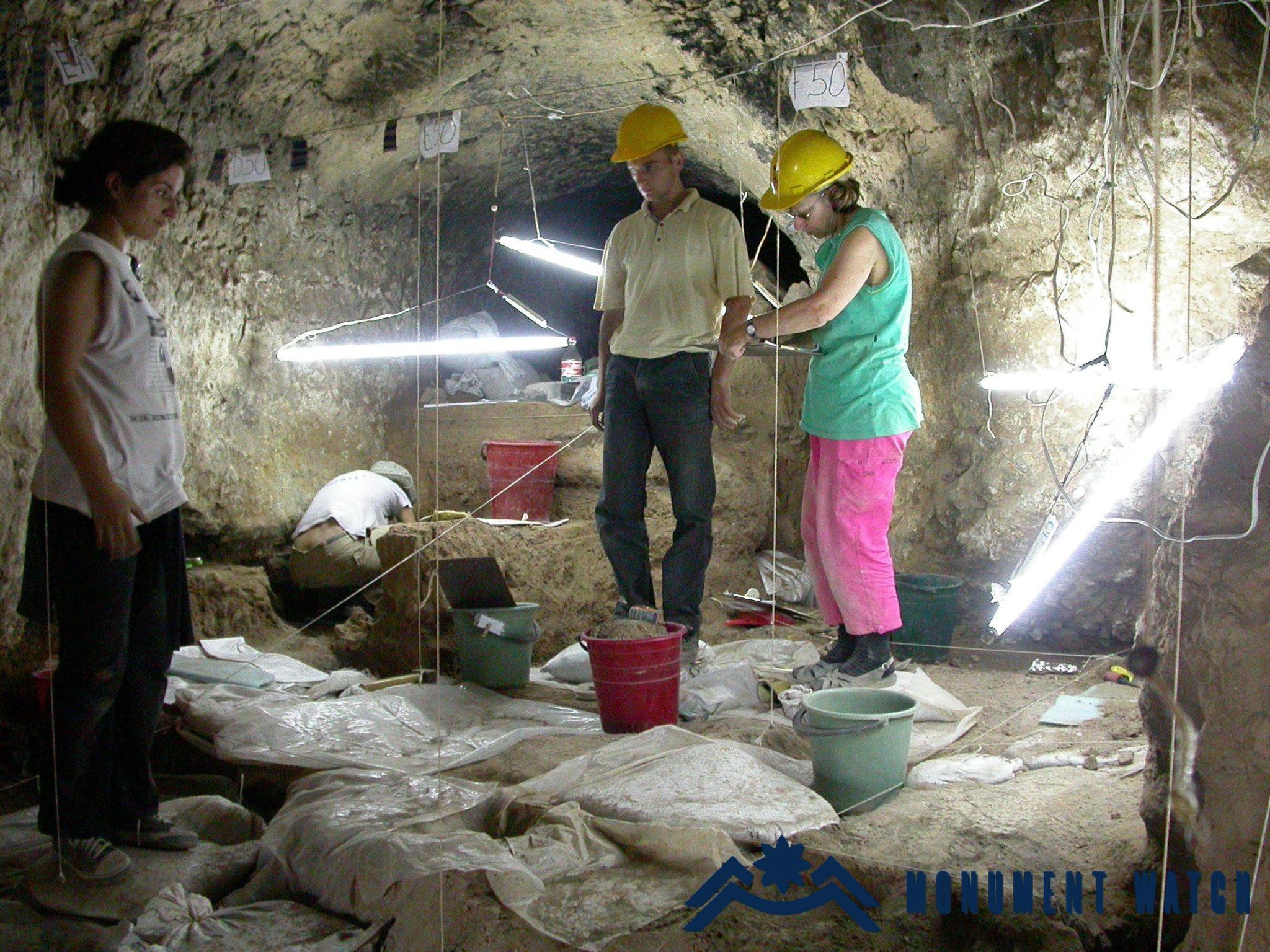This time it was to Azokh cave
The organization of visits by representatives of different countries to the occupied territories of Artsakh is a part of Azerbaijan's policy aimed at appropriating the cultural heritage of Artsakh and distorting historical reality. Usually the visitors are journalists who have a large audience on various media platforms, as well as various representatives of the diplomatic corps. In the framework of these visits, the Azerbaijani side presents them the new airport built in Fizuli, infrastructure facilities, accompanies them to the occupied settlements - Shushi, Aghdam, Hadrut, Togh, Azokh, Talish, Mataghis. The main purpose is to show the media representatives the "vandalism caused by the Armenian side." Typically, such visits are organized by the Ministry of Foreign Affairs of Azerbaijan, the foreign relations department within the Office of the President of Azerbaijan and the press service.
A similar visit was organized last week, including to the world-famous Palaeolithic cave of Azokh, in order to show how “the cave was vandalized by Armenians, how badly it was treated” (https://www.facebook.com/watch/?v=735705211594785 ). However, the protective paths built inside the cave, a special protective film covering the excavated areas, on the contrary, indicate high professionalism of the international expedition that worked here. It is noteworthy that in their speeches, foreign representatives speak only about the beauty of the territory and do not mention the “vandalism” presented to them.
Before the beginning of the 44-day war in 2020, at the invitation of the authorities of the Republic of Artsakh, excavations were carried out in Azokh cave by an international archaeological expedition led by Tanya King and Levon Yepiskoposyan. Here is the opinion of the co-director of the expedition, Doctor of Biology, Professor Levon Yepiskoposyan about this report: “The unprofessional assessments in the video, which are presented to the journalists, have nothing to do with reality and absolutely do not reflect the work carried out by the international expedition in the cave of Azokh in 2000-2019. The expedition, which included world-famous experts in the field of archaeology, geology and paleontology from different countries, carried out its activities in accordance with all international standards required for paleontological and archaeological excavations, which is reflected in articles published in a number of prestigious scientific journals, reports presented at international conferences, as well as in the collective monograph "Azokh Cave and the Transcaucasian Corridor", published by Springer in 2016.
At the same time, there is concrete evidence that the excavations of archaeological site of Azokh by Azerbaijani scientists in the 1960-80s were carried out by methods that are truly equated to vandalism: using vacuum drills and explosives. Firstly, during such excavations, a huge amount of sediments was taken out, which, without passing the proper sifting process, were simply thrown into a neighboring ravine, forming huge layers of soil. Meanwhile, as it later turned out thanks to the efforts of the above-mentioned international expedition, the accumulation of this sediment contained a lot of valuable paleontological material. And finally, the most famous find of Azokh cave, the fragment of the lower jaw of the “Azokhanthropus” occurred from this discarded sediment, as a result of which the heads of the Azerbaijani expedition did not come to a common agreement as to which layer it belongs to.
The excavations, initiated by an international expedition in 2000-2019, began with activities aimed at preserving and protecting the archaeological site of Azokh, primarily by fencing all entrances in order to prevent unauthorized visits. As a result, the population of bats that lived in the cave had been destroyed for years, and archaeological layers were damaged”.
